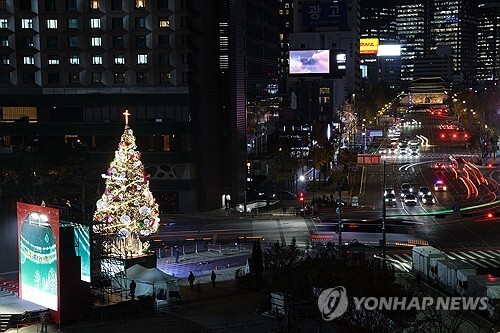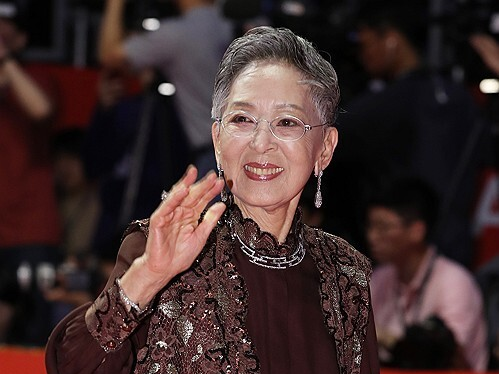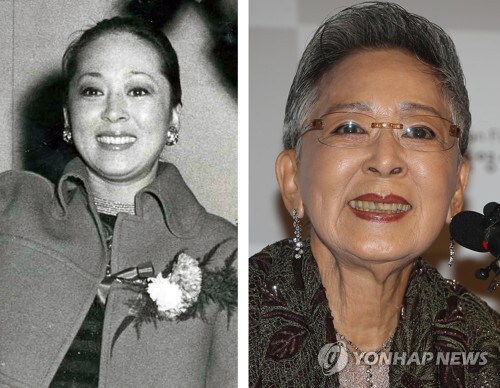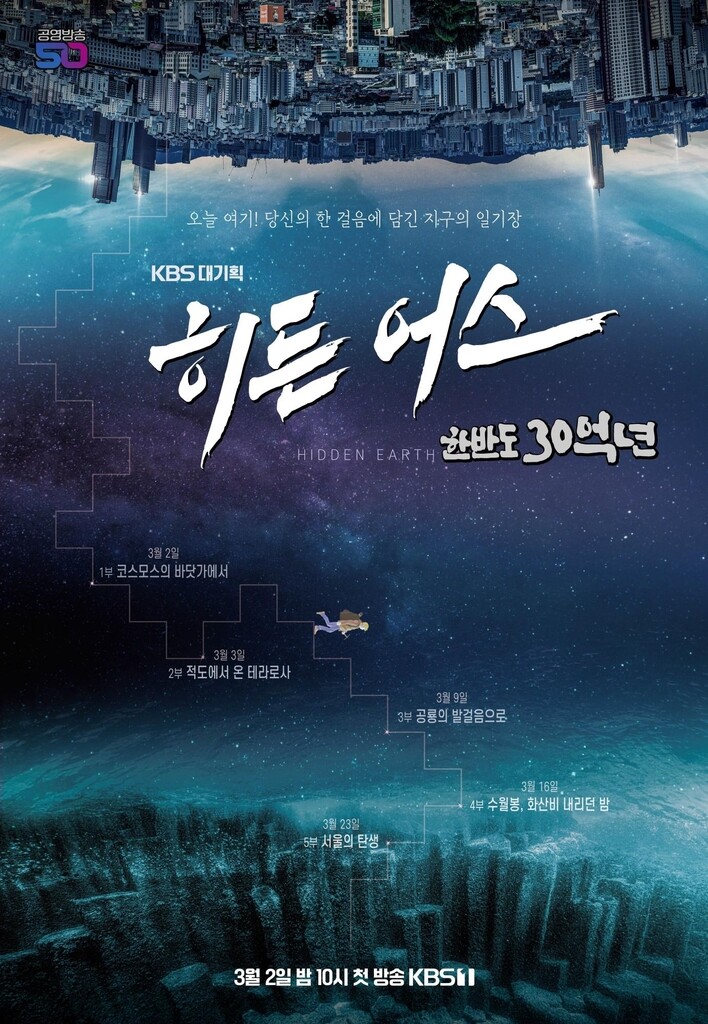 |
| ▲ This photo, provided by KBS, shows the poster for 'Hidden Earth.' (PHOTO NOT FOR SALE) (Yonhap) |
SEOUL, Feb. 22 (Yonhap) -- The Korea Broadcasting System will present a five-part documentary, titled “Hidden Earth,” in commemoration of its 50th anniversary of national broadcasting. The upcoming documentary will shed light on the 3-billion-year history of the Korean Peninsula in chronological order.
Producer Lee Kwang-rok, who was in charge of delivering, said during the press conference of the documentary held at CGV Yongsan on Wednesday, “I thought people will find this peninsula where they were born and raised more interesting if they get to know about it well enough.”
“Whenever I come back to Seoul from a business trip abroad, the city hits me differently, and I have heard some say that they feel something different from the Gwanak Mountain when they climb it after turning 60. These feelings are hard to explain, but I believe it witnesses that our land is as attractive and eye-catching as the U.S. Grand Canyon,” Lee added.
The documentary is slated to kick off with the first episode titled “On the Beach of Cosmos,” followed by the second labeled “Terarosa from the Equator” and the third episode with the title of “Walking in the Steps of Dinosaurs.” It will then air the fourth episode named “Night of Volcanic Rain,” closing with the last episode “The Birth of Seoul.” Over the five episodes, the documentary will go back in time to when the earth’s crust had its first tectonic shift and move on to the Cretaceous period when there were dinosaurs.
It will also present detailed information backed up by historical evidence on the emergence of mankind and various volcanic eruptions.
The highlight video released Wednesday showed trilobites wriggling on fossils as if they were alive and magma abruptly exploding, as well as graphically portrayed thunders and lightenings. Such dynamic images of our mother nature were captured as an 8K ultra-high resolution video for the very first time in the history of broadcasting.
Producer Lee explained, “It seems like our planet has not changed due to the relatively short life span of us humans. However, in fact, in terms of rock or space-time, the earth has been undergoing tremendous changes over the past several decades,” adding, “We tried to present a story that crosses different timelines and spaces by deploying cutting-edge graphic and video technologies.”
Professor Woo Kyung-sik, a geologist who has credits as a commentator in the documentary, said, “We can tell the difference between a frog and a snake, but we distinguish between granite and basalt,” explaining, “Although we do learn the difference at school, we do not get a chance to actually see them in bare eyes.”
“Our peninsula may be small; however, the land actually presents even more various types of rocks than in Australia, the U.S., and China, which implies that our land is very valuable geological heritage,” the professor added. “This documentary will hopefully serve as an opportunity to promote our geological heritage to the general public.”
The first episode of “Hidden Earth” will be hitting the small screens at 10 p.m. on Mar. 2 (KST).
(This article is translated from Korean to English by Ha eun Lee)
(END)
(C) Yonhap News Agency. All Rights Reserved









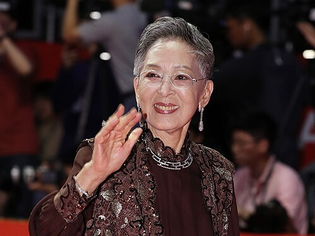

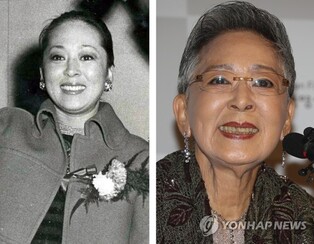

![[가요소식] 지코, 요아소비 이쿠라와 신곡 '듀엣' 발매](https://korean-vibe.com/news/data/20251212/yna1065624915953509_920_thum.jpg)
